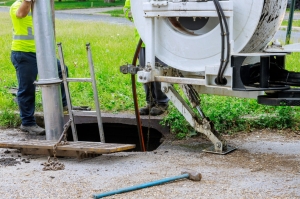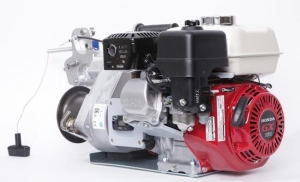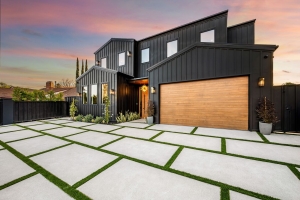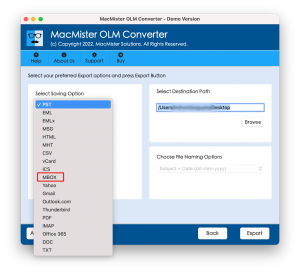The non-alcoholic beer segment is no longer a niche—it's a global movement. With health-conscious consumers looking for mindful drinking options, zero-alcohol and low-alcohol beers are becoming mainstream. Brands are launching premium, flavorful options that deliver the authentic beer experience without the buzz.
At the heart of every successful product is non-alcoholic beer recipe formulation—a careful blend of brewing science, flavor chemistry, and product innovation. Whether you're a beverage startup or an established brewery expanding into the zero-alcohol segment, understanding the formulation process is key to creating a product that stands out.
1. Why Non-Alcoholic Beer Is Booming
The global demand for non-alcoholic beer is fueled by:
-
Health and wellness trends — Consumers are reducing alcohol intake but still crave authentic flavors.
-
Legal & cultural considerations — Non-alcoholic beers allow brands to tap into markets where alcohol is restricted.
-
Expanding occasions — From corporate events to fitness meetups, alcohol-free beer fits more settings than ever.
-
Improved technology — Modern brewing and dealcoholization methods have made taste quality almost indistinguishable from regular beer.
This growing demand makes non-alcoholic beer recipe formulation a strategic opportunity for brands aiming to lead the functional and lifestyle beverage market.
2. Key Components in Non-Alcoholic Beer Formulation
Creating a non-alcoholic beer that tastes “real” requires precision at every step.
a. Base Ingredients:
Non-alcoholic beers use traditional ingredients — malted barley, hops, yeast, and water. The difference lies in how fermentation and alcohol control are managed. Selecting flavor-rich malts and aromatic hops helps maintain complexity even after alcohol removal.
b. Controlled Fermentation or Dealcoholization:
There are two main approaches:
-
Arrested fermentation: The brewing process is stopped early to prevent alcohol formation, producing low or zero ABV naturally.
-
Dealcoholization: Alcohol is brewed normally, then removed using methods like vacuum distillation or reverse osmosis while preserving aroma compounds.
c. Flavor Balancing:
Removing alcohol can reduce body and mouthfeel. To compensate, formulators may adjust malt profile, carbonation level, or add natural flavor enhancers to replicate the beer's sensory character.
d. Shelf Stability & Pasteurization:
Stability is crucial for commercial scale. Pasteurization and proper packaging techniques maintain freshness, flavor, and microbial safety.
3. Flavor Innovation & Functional Additions
Modern non-alcoholic beers aren't limited to basic lagers. Brands are experimenting with:
-
Craft-style IPAs with hop-forward profiles
-
Fruited malt beverages for tropical twists
-
Botanical or adaptogen-infused beers for added wellness benefits
-
Low-calorie, low-sugar recipes to appeal to health-conscious drinkers
Adding prebiotics, vitamins, or plant extracts can turn a regular NA beer into a functional beverage, giving your brand a unique position in the marketplace.
4. Technical Challenges & How to Overcome Them
Formulating non-alcoholic beer is not without its hurdles:
-
Taste & aroma retention: Alcohol carries aroma compounds, so losing it can affect flavor. Advanced dealcoholization methods help minimize loss.
-
Mouthfeel & body: Glycerol, malt adjustments, and careful carbonation can restore a satisfying mouthfeel.
-
Microbial control: Without alcohol's preservative effect, stringent hygiene and pasteurization are essential.
Working with experienced beverage formulation consultants ensures these challenges are addressed early, avoiding costly reformulations later.
5. Market Trends & Future Outlook
The zero-alcohol beer market is projected to grow at a strong pace globally. Key trends include:
-
Premiumization: Consumers are willing to pay for high-quality NA beers.
-
Sustainability: Eco-friendly brewing and packaging methods are a strong differentiator.
-
Global fusion flavors: Craft breweries are blending traditional styles with local ingredients to create signature profiles.
-
On-the-go formats: Cans and slim bottles are becoming the preferred packaging formats for convenience.
Brands that focus on authentic taste, innovation, and health positioning will thrive in this competitive landscape.
Conclusion:
Non-alcoholic beer recipe formulation is both an art and a science. It requires thoughtful ingredient selection, precise brewing control, and innovative flavor strategies to replicate the real beer experience without the alcohol.
By embracing modern brewing techniques and consumer-driven trends, brands can craft zero-alcohol beers that excite the palate, meet regulatory standards, and capture new market segments. The future of beer is clear, crisp, and alcohol-free — and now is the time to be part of it.





